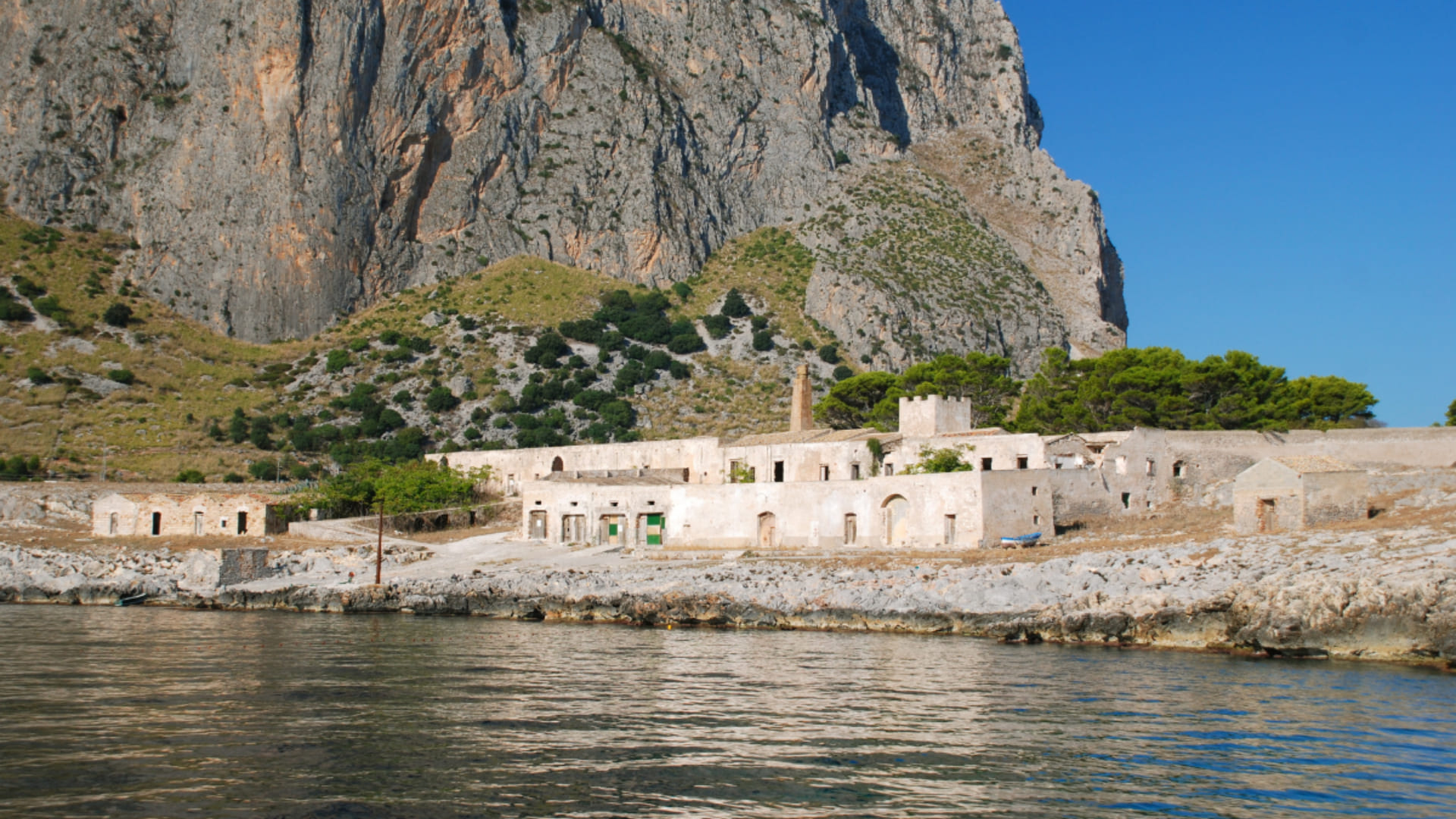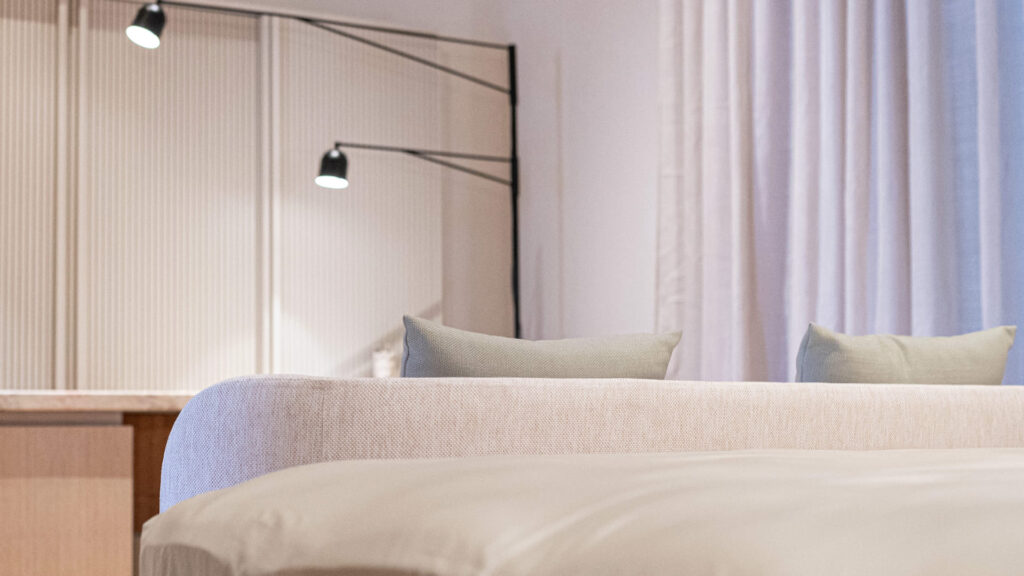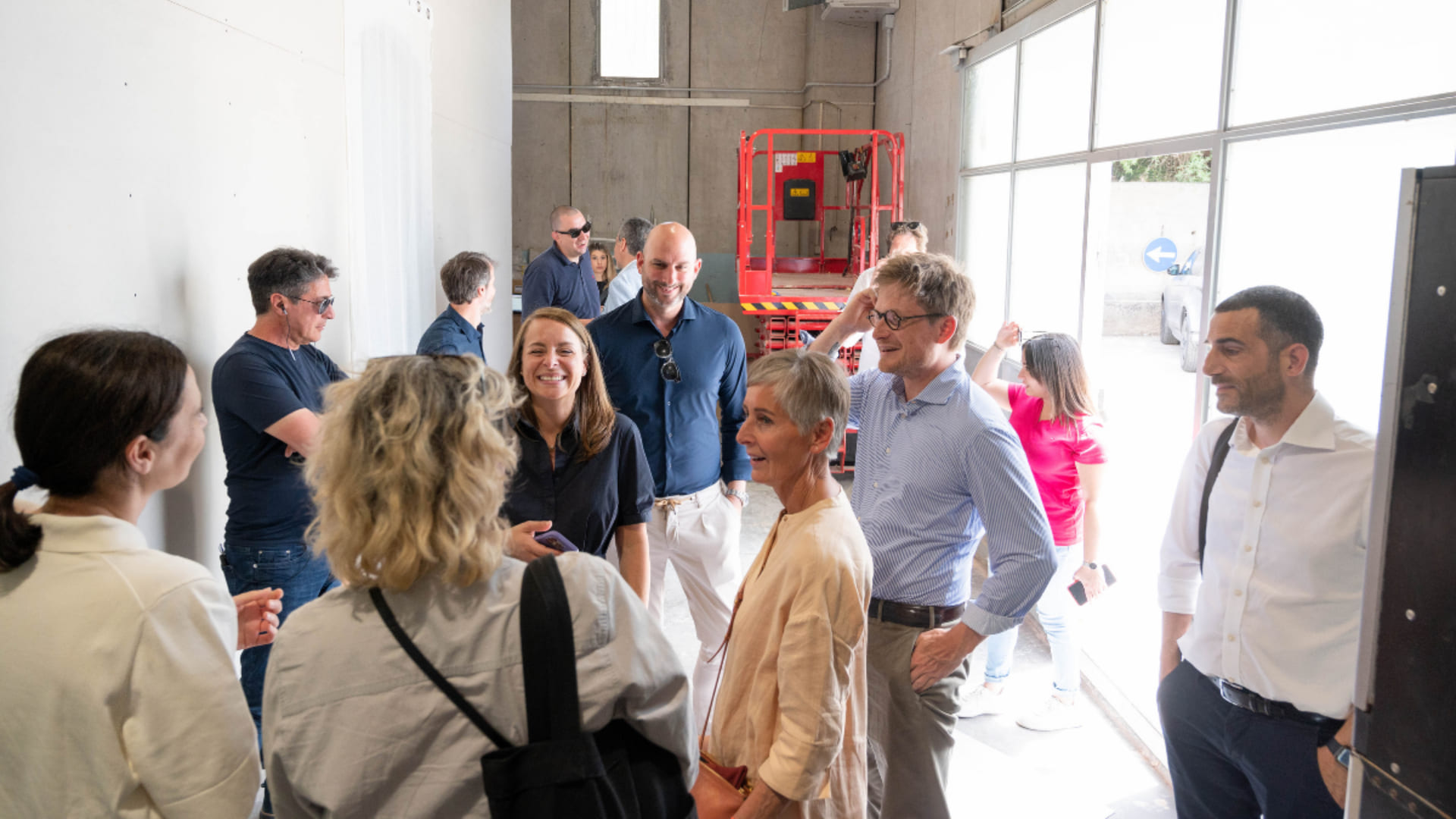
Energy Efficiency in Luxury Hotels: Ciesse’s Contribution at the Tonnara del Secco
A place that for years has held the soul of a community is now transforming into a symbol of rebirth. At the Tonnara del Secco in San Vito Lo Capo, an innovative project is redefining the relationship between the past and the future, blending historical memory and sustainability. This iconic corner of Sicily is preparing to be reborn as an example of excellence in luxury hospitality, where energy efficiency and design merge in perfect harmony.

The new hospitality paradigm comes to life from the vision of a Belgian family, represented by Louise Marchandise. She shares the clear and innovative vision behind the project: to merge the beauty of history with sustainability, creating a unique experience. In this context, luxury is not only synonymous with exclusivity but becomes an expression of harmony with the environment, with energy efficiency at the core of every design decision.
The New Tonnara del Secco

Located in the heart of Sicily, the new Tonnara del Secco will be an elite hotel complex featuring 36 suites – the smallest of which will cover an area of 35 sqm – two restaurants – one for gourmet dinners and one on the beach for informal breaks – a museum space in collaboration with the Sicilian Region, and a meeting room. The entire complex will span over 6,000 sqm, combining elegance, comfort, and sustainability. The project, curated by architect Vito Corte with the support of project management from Starching studio and design by Studio Celestino, carries a fundamental innovative element: energy efficiency, which is at the heart of the entire design.
At the core of this cutting-edge project is the Ciesse team. Engineers Alessio Catalano, Domenico Sillato, and Santo Muscarà, in collaboration with design consultants, have contributed their expertise to develop a highly sustainable structure focused on reducing environmental impact.
Integrating Technological Solutions into Historic Buildings
Ciesse has already faced complex technological challenges in historical contexts, such as in the cases of Country House Villadorata, Palazzo Gatto, and Villa Carlotta. In these projects, the main challenge was to integrate advanced technological solutions into environments of significant historical value, while maintaining a high level of comfort. This involved the implementation of innovative systems, including air treatment and high-performance air conditioning, water treatment, and customized home automation solutions. Additionally, optimal energy efficiency was ensured with reduced consumption and minimized waste, thanks to the integration of advanced energy systems and renewable sources such as photovoltaics and geothermal energy.
The “Sample Room”: A Laboratory of Sustainability and Design

A distinctive element of the project curated by Ciesse for the Tonnara del Secco is the development of a “sample room,” an innovative solution designed to anticipate and resolve potential design challenges, while simultaneously optimizing energy consumption and minimizing environmental impact.
The ‘sample room’ involves the creation of a prototype room, built with advanced prefabrication techniques, such as metal carpentry and drywall,” says Engineer Catalano. “This delicate testing phase allows us to address any issues before large-scale production. Our approach aims to carefully select materials, from insulation to technological systems, to ensure maximum energy efficiency and minimal environmental impact. It’s not just a technical test; it’s a laboratory where aesthetics and functionality perfectly meet, enabling us to anticipate the quality and sustainability of the entire project.
The Intervention at Tonnara del Secco by Ciesse: A Model of Sustainable Luxury
The Tonnara del Secco will be a beacon of innovation for the hospitality sector. The challenge was not only to preserve a historic heritage but also to demonstrate that luxury can and must be responsible, accessible to those seeking an exclusive experience without compromising the environment. Thanks to the dedication of the design team and Ciesse’s expertise, this project will become a symbol of a new era in hospitality.
Every detail, from the materials used to the technological systems, has been carefully designed to create a perfect balance between sustainability and beauty.
The Vision of Architect Vito Corte
After a long period of abandonment, the structure is now preparing for a new life thanks to a project that not only restores but reinvents the concept of hospitality. This vision, which began in 2012 with the first visit of the Marchandise family, represents a model for the recovery of cultural heritage, with a particular focus on sustainability. The project aims to bring Sicilian excellence to the international hospitality scene, demonstrating that respect for tradition and technological innovation can coexist.
Commenting on the commitment dedicated to the renovation project is Architect Vito Corte: “The Tonnara del Secco in San Vito Lo Capo represents a fundamental piece of the history of this territory and its community. It is not just a set of buildings, but a fragment of the soul of a community that, for centuries, from Rome to the 1960s, found its source of sustenance in the sea and the tuna fishery. This place was also a rural estate where wine and oil were produced, and cork was worked for the nets’ floaters. A complex economy that tied man to nature. The essence of the restoration project is precisely this: to give life back to this space and preserve its memory through its walls, floors, and every element that tells its story.”
In this corner of Sicily, where the sea touches the ancient walls of the tuna fishery, a project is being developed that combines history, sustainability, and innovation, with Ciesse’s commitment to implementing energy efficiency solutions.
The Tonnara del Secco will not just be a hotel, but a concrete example of how luxury can be compatible with environmental responsibility, integrating guest comfort with respect for the environment and the needs of future generations. The project aims to preserve the historical memory of the place, applying sustainable technologies to meet the challenges of a more responsible future.